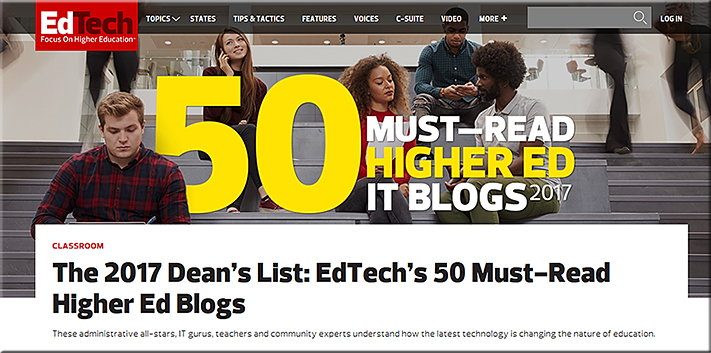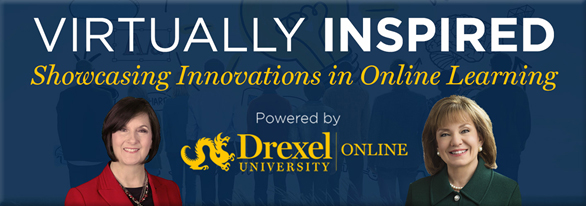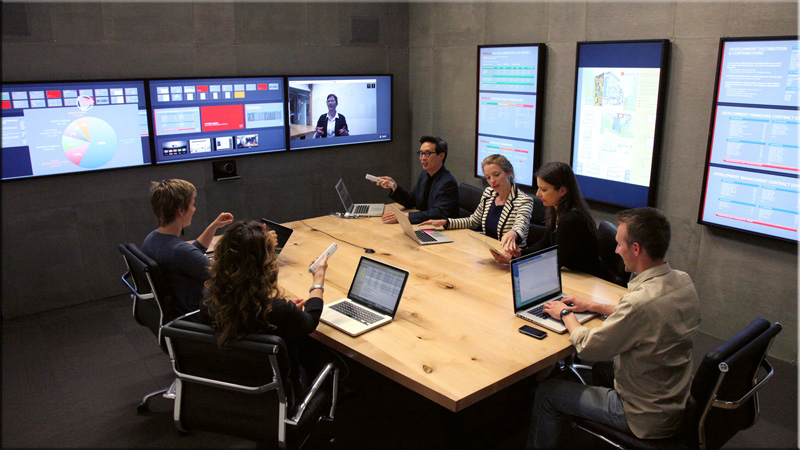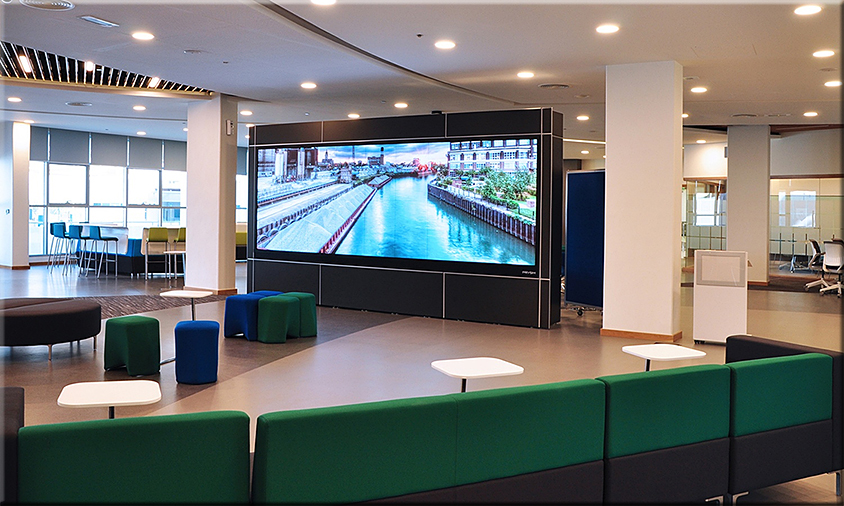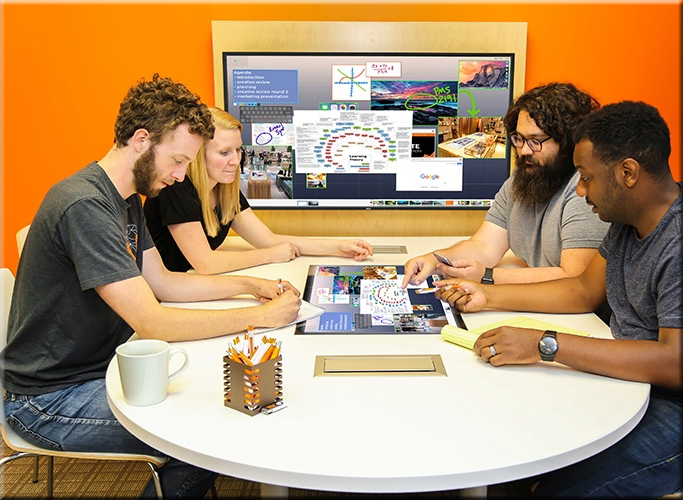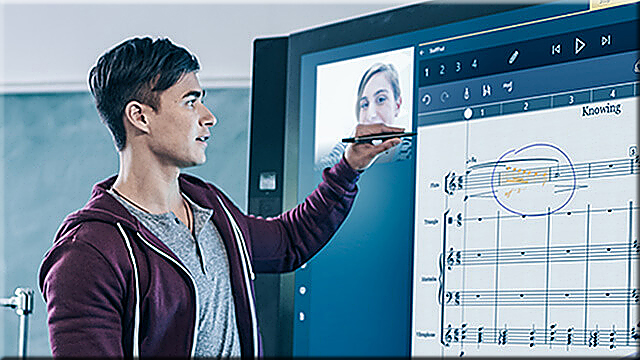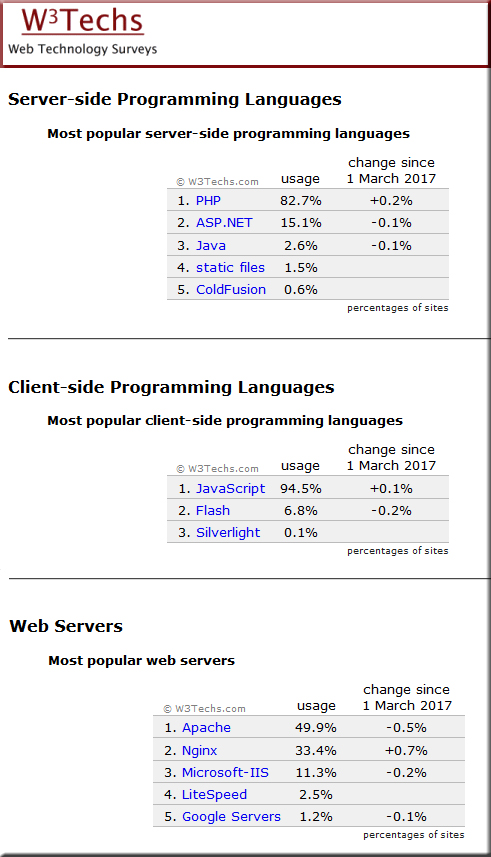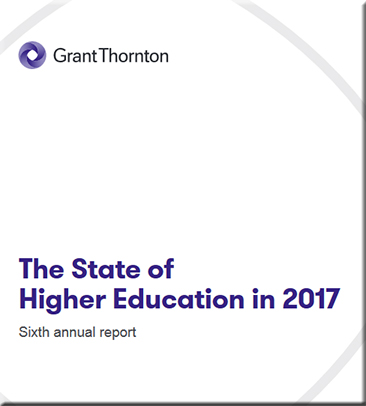The Slickest Things Google Debuted [on 5/17/17] at Its Big Event — from wired.com by Arielle Pardes
Excerpt (emphasis DSC):
At this year’s Google I/O, the company’s annual developer conference and showcase, CEO Sundar Pichai made one thing very clear: Google is moving toward an AI-first approach in its products, which means pretty soon, everything you do on Google will be powered by machine learning. During Wednesday’s keynote speech, we saw that approach seep into all of Google’s platforms, from Android to Gmail to Google Assistant, each of which are getting spruced up with new capabilities thanks to AI. Here’s our list of the coolest things Google announced today.
Google Lens Turns Your Camera Into a Search Box — from wired.com by David Pierce
Excerpt:
Google is remaking itself as an AI company, a virtual assistant company, a classroom-tools company, a VR company, and a gadget maker, but it’s still primarily a search company. And [on 5/17/17] at Google I/O, its annual gathering of developers, CEO Sundar Pichai announced a new product called Google Lens that amounts to an entirely new way of searching the internet: through your camera.
Lens is essentially image search in reverse: you take a picture, Google figures out what’s in it. This AI-powered computer vision has been around for some time, but Lens takes it much further. If you take a photo of a restaurant, Lens can do more than just say “it’s a restaurant,” which you know, or “it’s called Golden Corral,” which you also know. It can automatically find you the hours, or call up the menu, or see if there’s a table open tonight. If you take a picture of a flower, rather than getting unneeded confirmation of its flower-ness, you’ll learn that it’s an Elatior Begonia, and that it really needs indirect, bright light to survive. It’s a full-fledged search engine, starting with your camera instead of a text box.
Google’s AI Chief On Teaching Computers To Learn–And The Challenges Ahead — from fastcompany.com by Harry McCracken
When it comes to AI technologies such as machine learning, Google’s aspirations are too big for it to accomplish them all itself.
Excerpt:
“Last year, we talked about becoming an AI-first company and people weren’t entirely sure what we meant,” he told me. With this year’s announcements, it’s not only understandable but tangible.
…
“We see our job as evangelizing this new shift in computing,” Giannandrea says.
…
Matching people with jobs
Pichai concluded the I/O keynote by previewing Google for Jobs, an upcoming career search engine that uses machine learning to understand job listings–a new approach that is valuable, Giannandrea says, even though looking for a job has been a largely digital activity for years. “They don’t do a very good job of classifying the jobs,” Giannandrea says. “It’s not just that I’m looking for part-time work within five miles of my house–I’m looking for an accounting job that involves bookkeeping.”
Google Assistant Comes to Your iPhone to Take on Siri — from wired.com by David Pierce
Google rattles the tech world with a new AI chip for all — from wired.com by Cade Metz
I/O 2017 Recap — from Google.com
The most important announcements from Google I/O 2017! — from androidcentral.com by Alex Dobie
Google IO 2017: All the announcements in one place! — from androidauthority.com by Kris Carlon









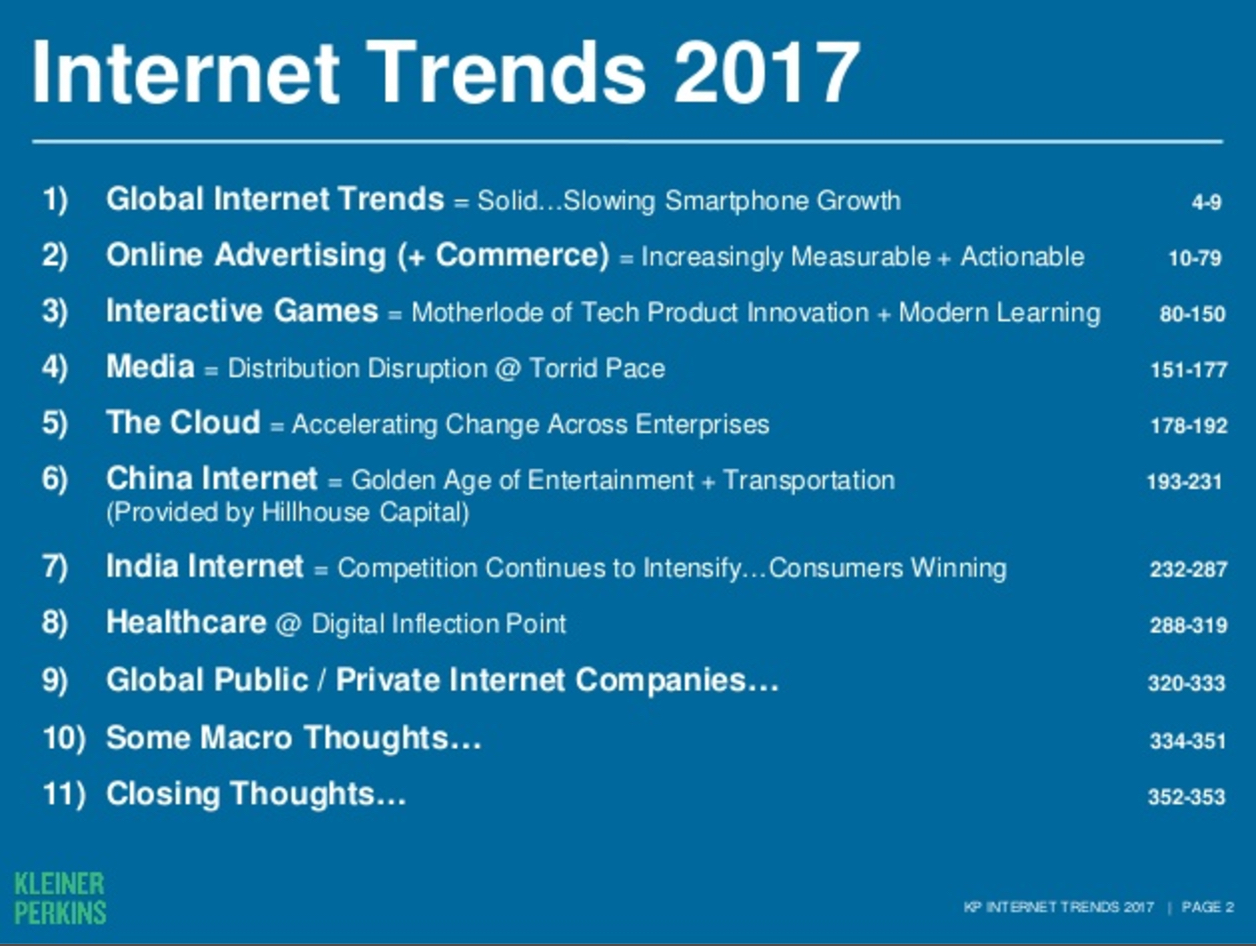

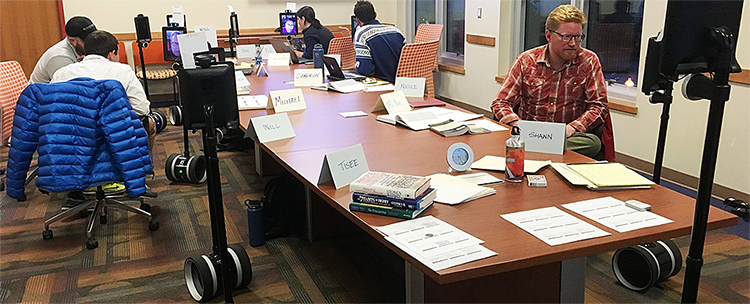
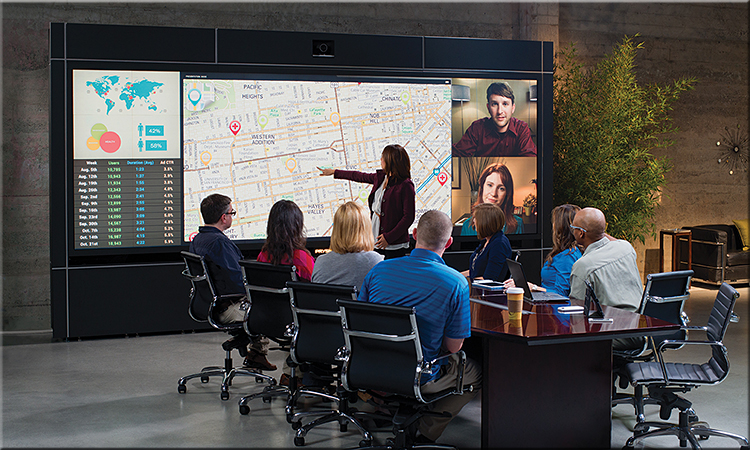

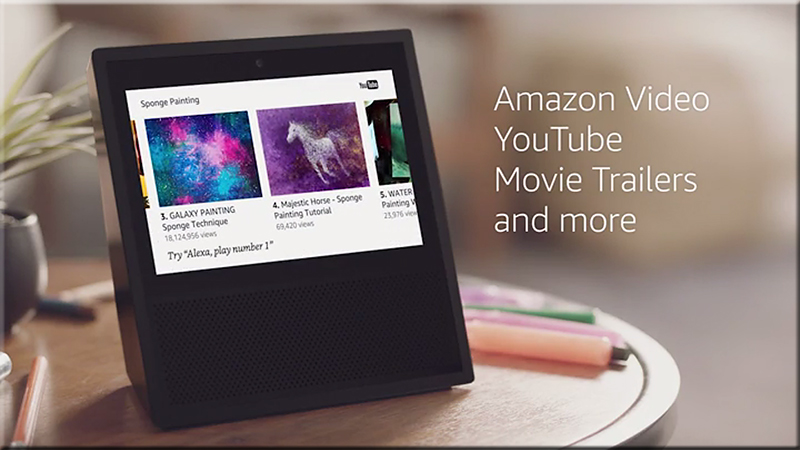


![The Living [Class] Room -- by Daniel Christian -- July 2012 -- a second device used in conjunction with a Smart/Connected TV](http://danielschristian.com/learning-ecosystems/wp-content/uploads/2012/07/The-Living-Class-Room-Daniel-S-Christian-July-2012.jpg)
